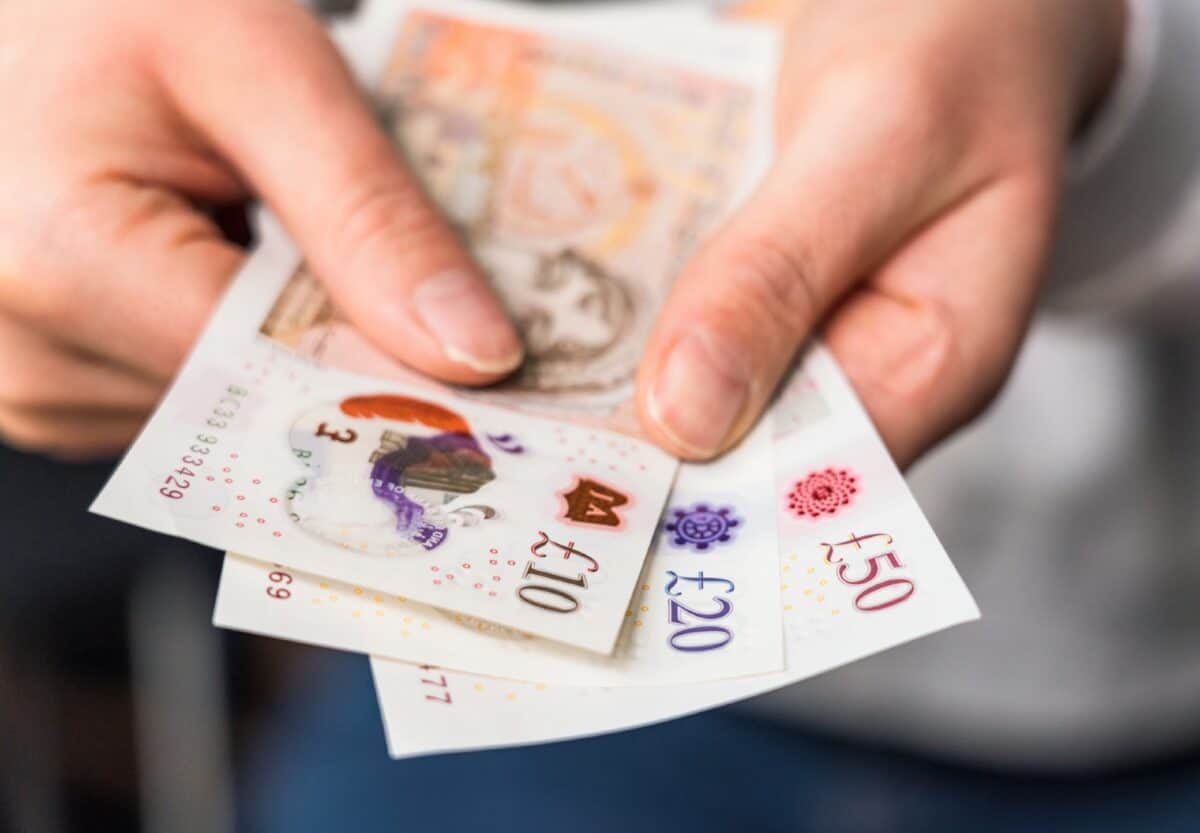One way I seek to benefit from having a Stocks and Shares ISA is by earning passive income. Thanks to dividends from shares, I can build a second income even without having to work for it.
Doing that does not necessarily require tying up a lot of funds. If I had a spare £9,000 now I would happily put it into an ISA and use it to build a second income. Here is how.
1. Getting ready to invest
My first move would be to find the Stocks and Shares ISA that suited my own needs best and put the money into it. There is no “one size fits all” model for this, as everyone’s financial circumstances and investing objectives are different.
Before I started putting the money to work in the stock market, I would take time to learn about how the market works and set an investment strategy. Just because a share has paid large dividends in the past does not guarantee that it will pay them in future (or indeed, any at all).
So I would spend time learning about the source of long-term dividend streams, from having a strong position in a resilient market to companies being able to use spare cash for dividends instead of other things like debt repayment.
2. Finding shares to buy
That £9K would be comfortably enough to let me diversify across multiple shares. It would help reduce the impact on my ISA if one of the companies performed worse than I hoped, which is always a risk.
Although my plan here is about building a second income, I would not just start by looking for the highest-yielding shares available. After all, dividends are never guaranteed to last. Sure, Vodafone still has a double-digit percentage yield based on historical data. But the telecoms firm announced months ago it plans to halve its payout per share.
Instead, I start by looking for what I see as a defensible business in a sector that benefits from large customer demand I think is likely to last. I consider things like its balance sheet and likely future spending requirements when judging what sort of payouts I think it could likely afford in future.
I own shares in Legal & General (LSE: LGEN), for example.
Financial services is a massive market and I see no reason to expect that to change any time soon. With a strong brand, large customer base and long experience in its home market, I think Legal & General is set to keep performing well. It has a proven business model that has seen it make profits year after year in recent times.
It is also a significant cash generator, supporting a dividend that already yields 9.3% and looks set to grow again this year. In practice, a sudden financial downturn is a risk if it sees policyholders pulling out funds, forcing Legal & General to marshal its resources carefully.
3. Using dividends to buy more shares
Even at a lower average yield — say 7% (still well above the FTSE 100 average) — £9,000 would earn me a second income of only £630 a year.
But if I compound at 7% annually for 20 years, my £9K ISA today could be generating second income of £5,654 annually!
This post was originally published on Motley Fool





